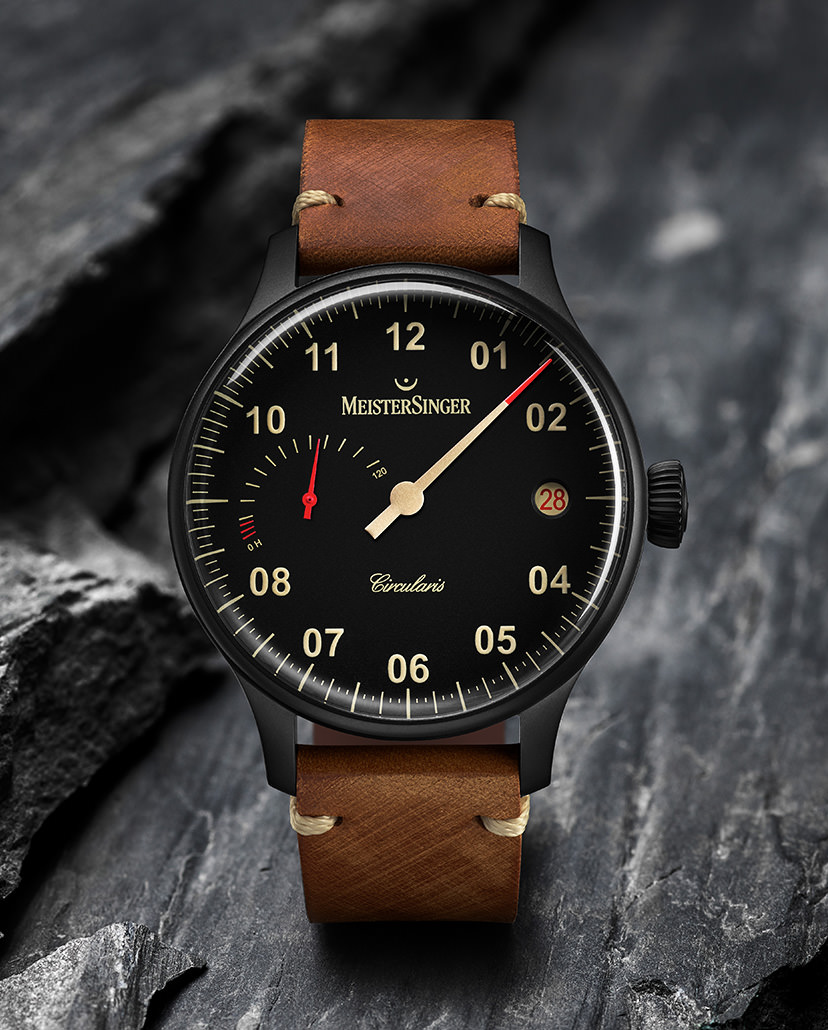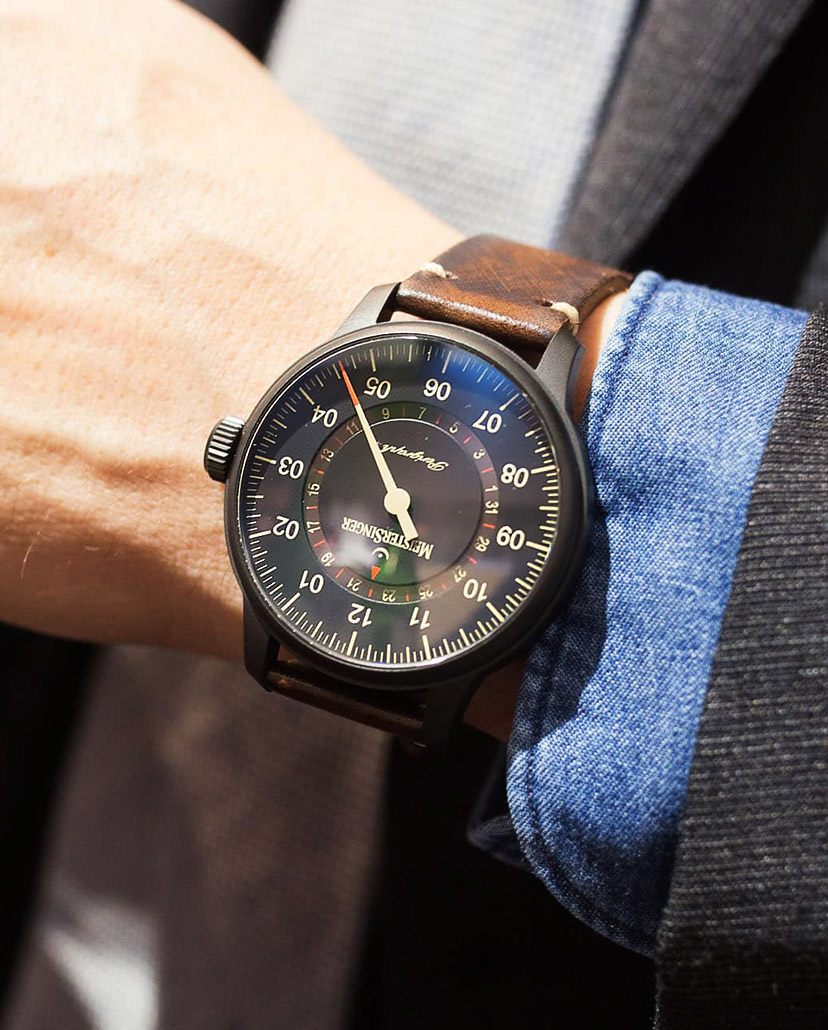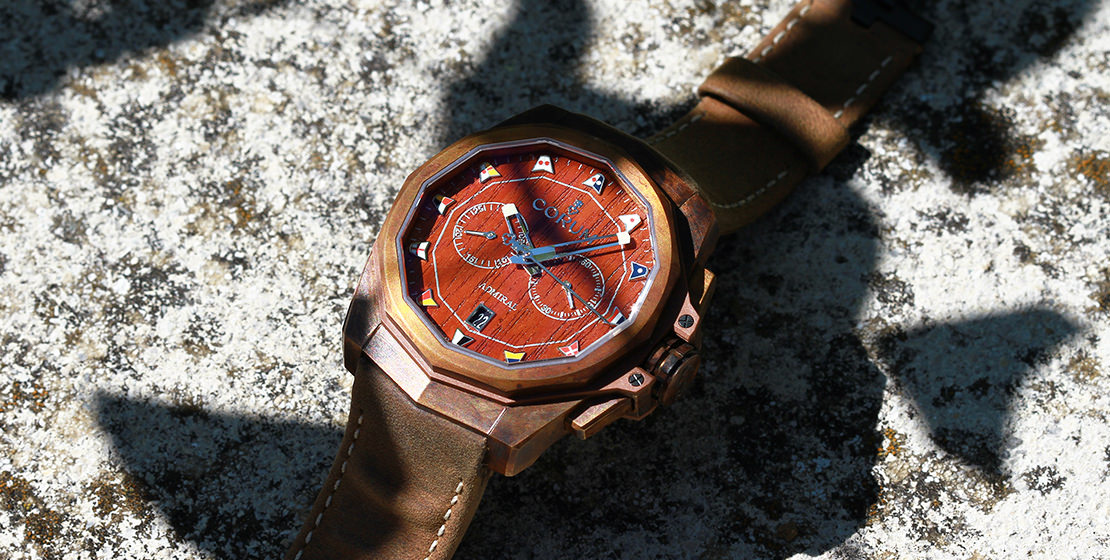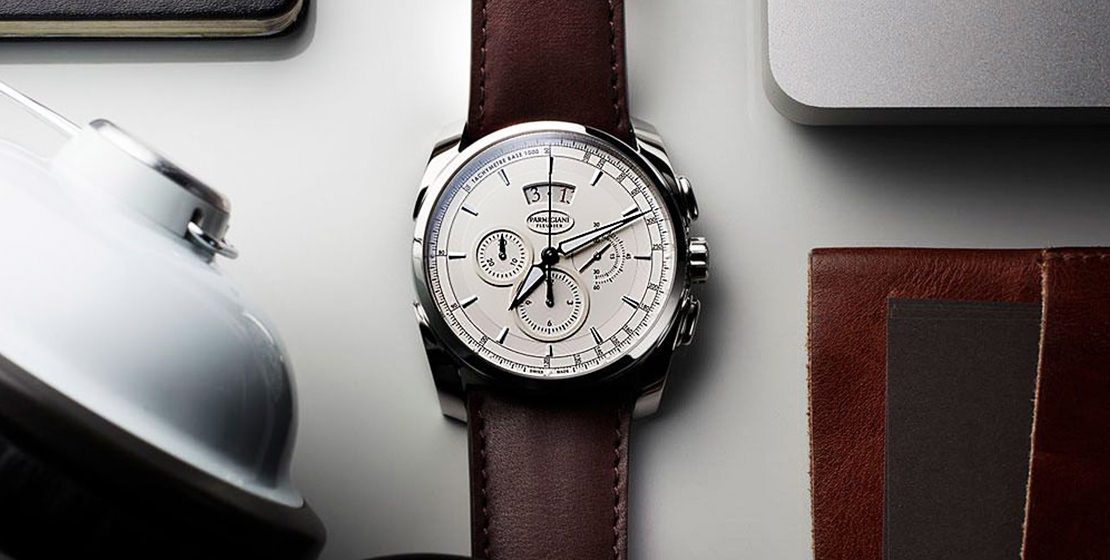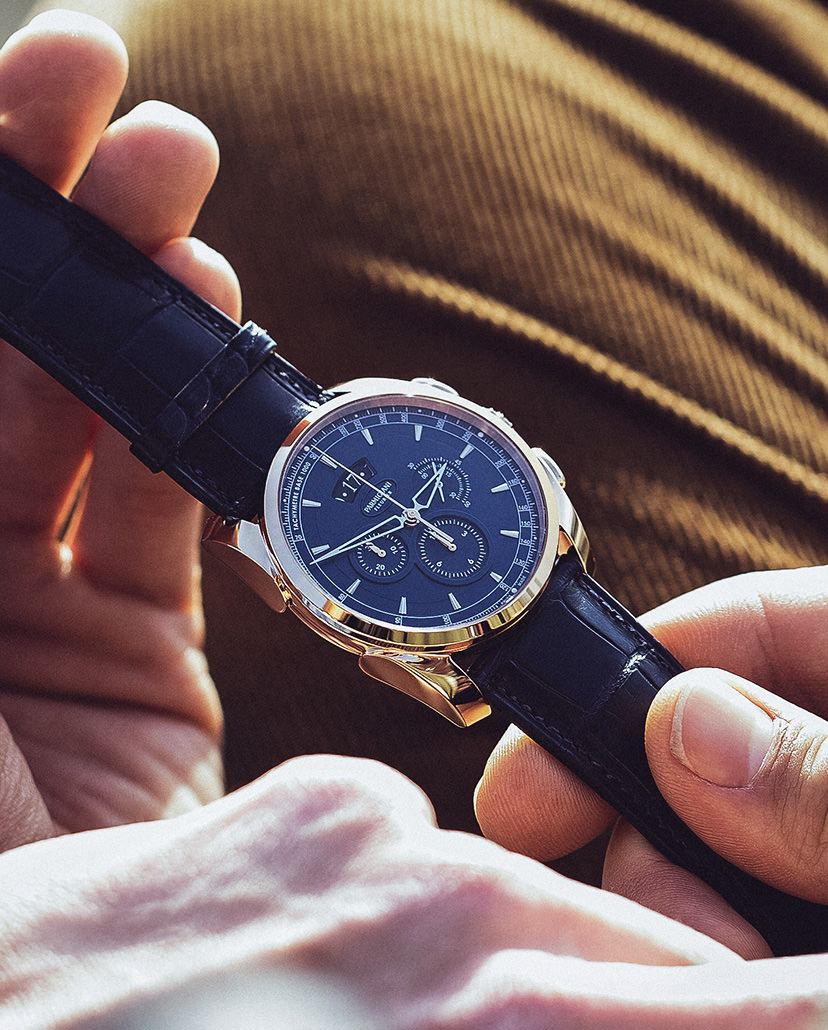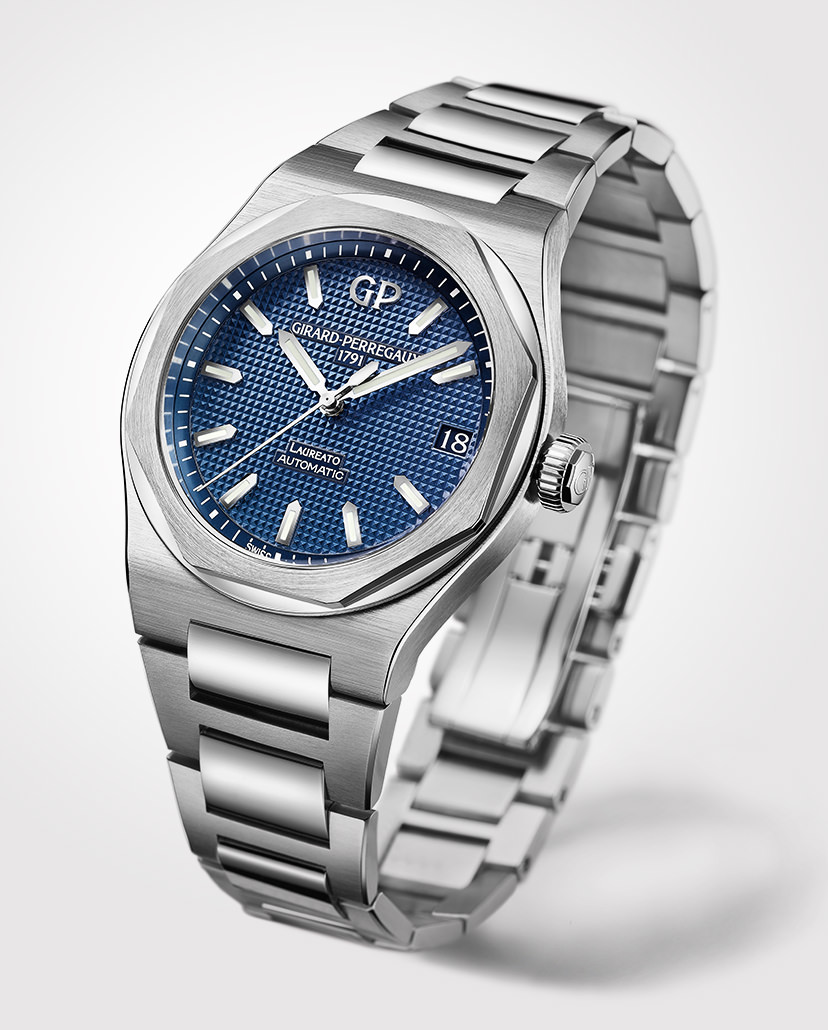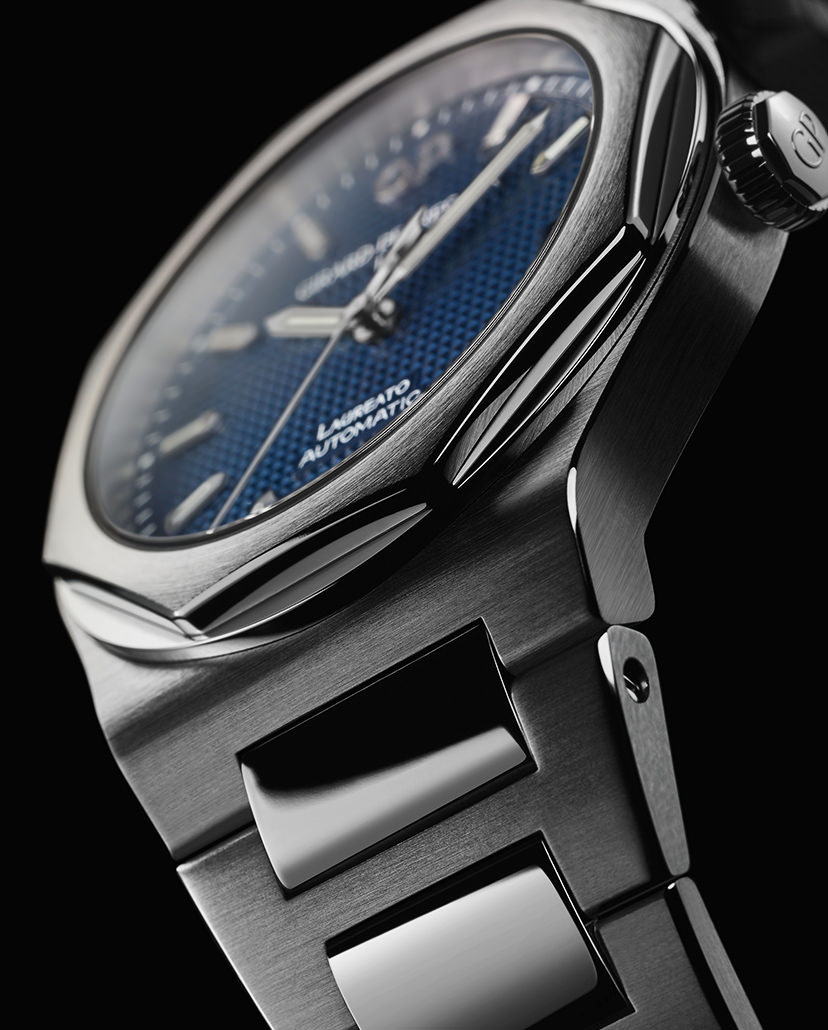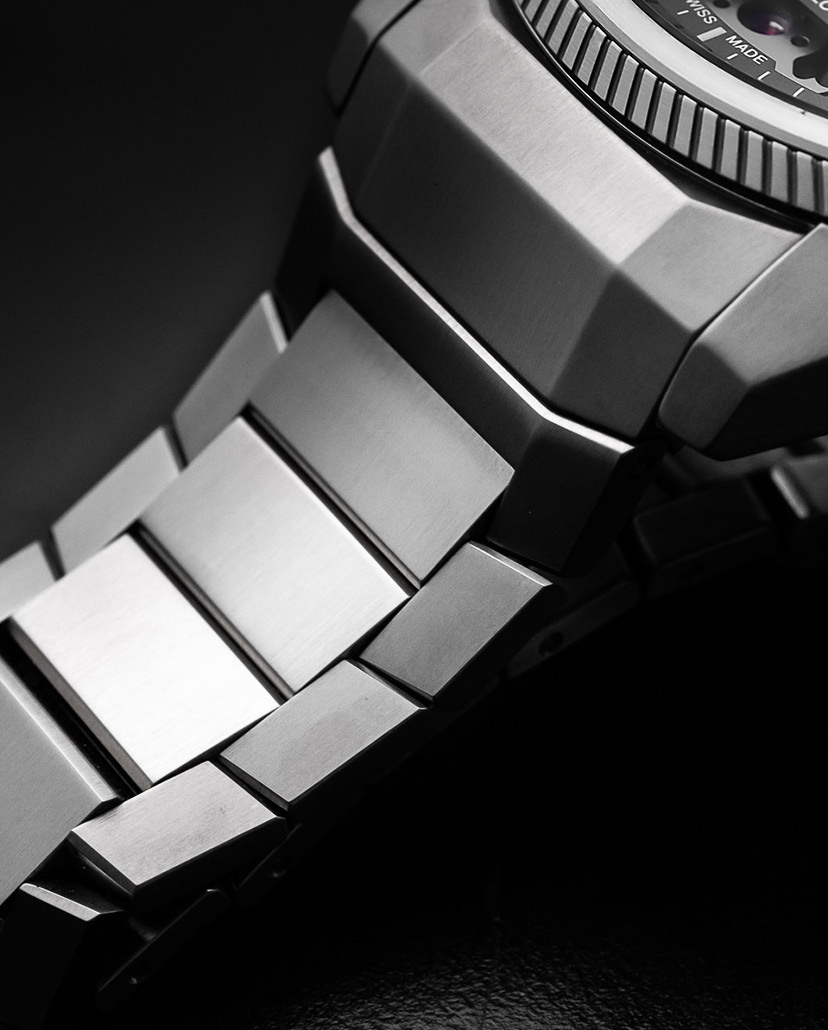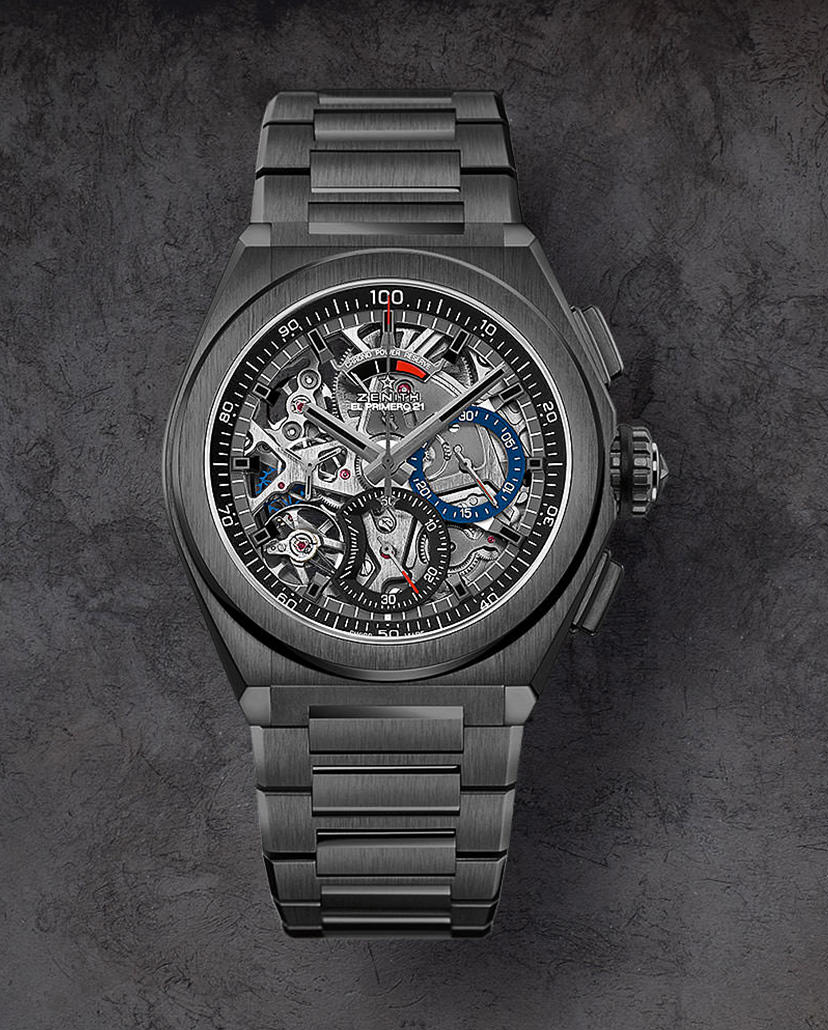Round-UpKnow Your Watch Straps: The Most Commonly Used Materials
Sometimes ignored by horological enthusiasts, the watch strap plays a very important role in not only completing the look of the watch but also from a utility standpoint. Here we explore the different types of materials that can be used to fashion the straps of the watches you love
May We Recommend
When we talk about watches, there are certain features that we describe first—everything from the dial and the colour to the functions. However, what most people forget sometimes is the strap. The watch strap or the bracelet is an integral part of a timepiece. After all, it fastens the watch to your wrist. Without its invention, we’d still be carrying pocket watches around. And we already have those in the form of our cell-phones! Even though some of our readers would surely love to have lived in that era (because let’s be honest, how enormously cool are pocket watches), watch straps just take the utility of a timepiece up by several notches.
Attached with a buckle or a clasp, the first wristwatches were in production at the beginning of the 20th century—these were fashionable accessories marketed specifically towards the ladies. In fact, the earliest documented evidence of wristwatches can be traced as far back as 1790—when a watch was affixed to a bracelet. This design, however, was not all that popular with the men of that era who favoured pocket watches instead. Wristwatches were considered too small, with men preferring the large face of the pocket watch to see the time. And wristwatches were too fragile to be worn on the wrist, exposed as they were to the elements. They were also considered too effeminate for the hardy men of the 20th century, perhaps due to their petite proportions—a fact that seems so bizarre today when a timepiece is more of a wrist accessory than ever before.
However, wristwatches would soon prove their mettle—they were worn by soldiers in World War I and took quite the beating in the trenches. They allowed commanders to precisely time attacks as well as bomb drops, which proved to be an essential factor for the victory of the Allied forces. The returning soldiers, with their preference for wristwatches, completely turned the trend tide. An interesting aside: since the US joined the war a bit late, ie in 1917, and a lesser number of soldiers were conscripted as compared with European military personnel, wristwatches did not become popular in the region till the 1920s.
Today, many materials are used to craft watch straps and bracelets. Here, we will be exploring the materials used most commonly by watchmakers to craft this essential part of a timepiece.
Leather
Leather was one of the earliest materials used to create watch straps. Genuine leather is made from tanned animal skin or hides—that of cows, goats, pigs and sheep. According to watchmaking lore, the earliest documented design for the wristwatch with wire lugs was registered in 1903 by an Anglo-Swiss company called Dimier Frères & Cie, and that included a leather strap. During the course of World War I, these very timepieces were deemed ‘trench’ or ‘officer’ watches. Leather straps were resilient, durable and had a rugged aesthetic. The use of leather is perhaps one of the reasons why wristwatches were able to cross the social barrier of being just a time-telling accessory for women—leather is as far from effeminate as it gets.
Pros and cons: Leather straps are comfortable, stylish and add a vintage look to any timepiece. However, leather is not waterproof, so you will have to keep the strap away from water. Over-exposure to the sun can also cause cracks and deformities on its surface.
Calfskin
One of the most common leathers used in the watchmaking industry is calfskin, which either has stitching or doesn’t. Calfskin also comes with embossing to emulate the texture of more exotic leathers such as crocodile or snake, which we will talk about in a bit.
Another type of cattle leather is nubuck. The etymology of the word is interesting. Nubuck comes from the words ‘new’ and ‘buck’, which means new skin. This type of leather is very expensive and has been buffed on the grain side, which produces a velvety and soft surface similar to suede. This dyed leather scratches quite easily, making it less durable, so you’ll have to be careful while donning it.
Alligator leather
Exotic leathers such as those made from alligator or crocodile skin are more expensive and hence used for watch straps attached to higher-end timepieces. These straps are softer, smoother and more flexible than calfskin—making them more durable. Alligator leather is more expensive than crocodile leather because it is more supple and ages better. For those who are worried about wildlife, fret not, for this leather is mostly harvested from crocodiles and alligators raised in captivity.
Kudu leather
A type of leather made from the eponymous antelope that’s native to Africa, kudu leather is extremely resilient and hardwearing. This type of leather also ages nicely. Interestingly, kudus are hunted in Africa in order to control overpopulation—making it a slightly sustainable alternative.
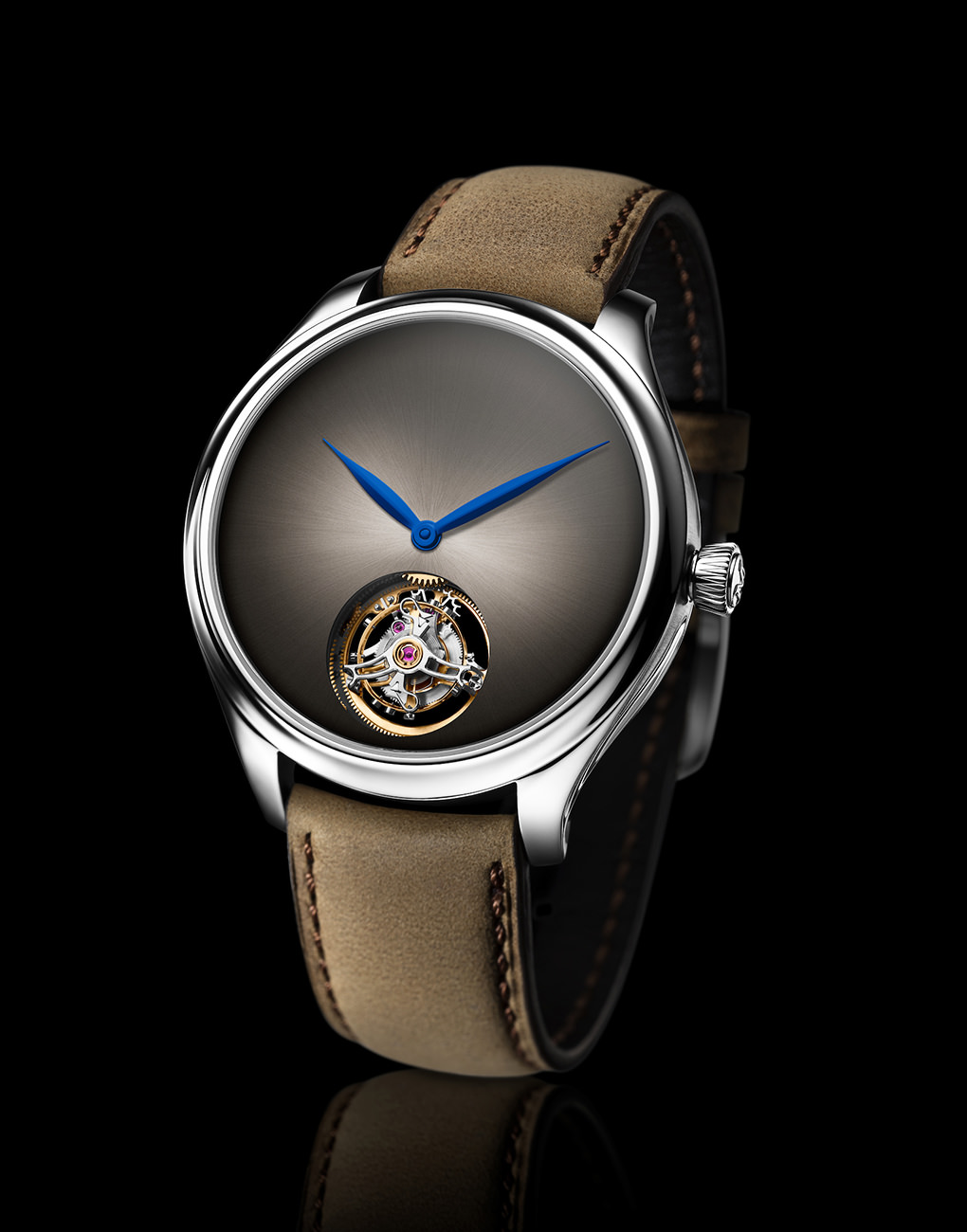
Vegan leather
This one is for our vegan, animal-loving horologists. Vegan or faux leather does not use animal skin and is most commonly made from polyvinyl chloride (PVC) or polyurethane (PU). Environmentalists have often raised questions about the sustainability of vegan leather since these straps are made from forms of plastic. To ensure that you are doing right by the environment, make sure to conduct your own research on the raw materials used to make the strap. Vegan leather is also less breathable as compared to genuine leather and may give off an odd smell when worn too frequently.

Metal
Over the years various metals have been used to create comfortable bracelets. Metals are versatile and afford the quintessential formal look to timepieces. Of course, fit-wise they’re a bit more tricky than simple leather straps and you’ll have to get them fitted to your wrist by removing links—but that is easily done. Let’s take you through the most common metals used to make bracelets.
Stainless steel
Historically, due to the technological processes of the time, watches crafted with stainless steel bracelets were considered too bulky. They were relegated to the sphere of ‘tool watches’ meant for military personnel and weren’t popular with the masses. Today, stainless steel is one of the most affordable metals that can be used to craft watch bracelets. Despite the fact that it doesn’t pinch the pocket, stainless steel can still exude a luxurious air. Stainless steel is quite durable, so it’s a much better fit for sports watches. On the other hand, it doesn’t look out of place when paired with more formal attire either, making it quite the versatile strap option.
Pros and cons: While stainless steel bracelets do not stain and are water resistant, they can accumulate dirt and grime, so it’s important that you keep them clean. They will also lose their sheen over time, but they last much longer than leather straps. If you have sensitive skin, you may get an allergic reaction from wearing stainless steel bracelets due to the presence of nickel.

Titanium
Titanium is one of the strongest metals, making it a wise choice for people who think their watches are going to see some wear and tear. It’s no wonder that this material is used to construct aircraft. Despite its strength, titanium is lightweight, and hence the choice of metal for many watchmakers for their bulkier timepieces.
Pros and cons: Titanium bracelets are expensive, but they are lighter than those made from stainless steel. Titanium is also completely hypoallergenic.
Gold
Luxurious and opulent, gold is the bracelet material of choice for people who want all eyes on their wrists. There’s a reason it’s called a ‘precious’ metal. With a gold watch, you are guaranteed an investment that will not only look incredible on your wrist but also in your portfolio. Gold watches are also extremely sought-after, so it will not be difficult for you to sell them, if you so wish to.

Pros and cons: Needless to say, watches with gold bracelets can be extremely pricey, and can attract unwanted attention at times. Gold also scratches more easily than steel, so one needs to be careful while wearing a gold watch.
Other Materials
Rubber
A strap that can trace its history to the 1960s, rubber straps used to be uncomfortable and non-breathable. Thanks to modern technology, that has changed and rubber has become a mainstream material in watchmaking, especially when it comes to dive watches.

Pros and cons: These straps are waterproof and durable. They are also hypoallergenic and easy to clean. Being extremely light and scratch-resistant, watches with rubber strap win in terms of comfort and reliability. One of the disadvantages of wearing a watch with a rubber strap is that it might not always work well with a formal ensemble.
Ceramic
Ceramic isn’t the same material as the fragile material used in flower pots and cookware that you’re thinking of. Ceramics are inorganic materials that do not classify as metals, and they are extremely durable under compression. They are also incredibly light. In fact, a form of ceramic material called Nextel is used by NASA to protect space shuttles!
Pros and cons: That detail about being ‘durable under compression’ that we mentioned earlier was important. Ceramic’s toughness is to be taken with a pinch of salt. Though it’s incredibly scratch-resistant and high-tech variants of it can withstand the vigour of spaceflight, the material used in watches is brittle. Your bracelet may shatter if it falls on a hard surface. However, a strong advantage of ceramic is that it is hypoallergenic.
Textile
Textile watch straps can be made with a range of fabrics, including silk or denim, and the far more common nylon.
The widely used nylon is strong, lightweight and is most commonly seen in NATO straps. They are colourful and are often included as a secondary strap option by high-end watchmakers.
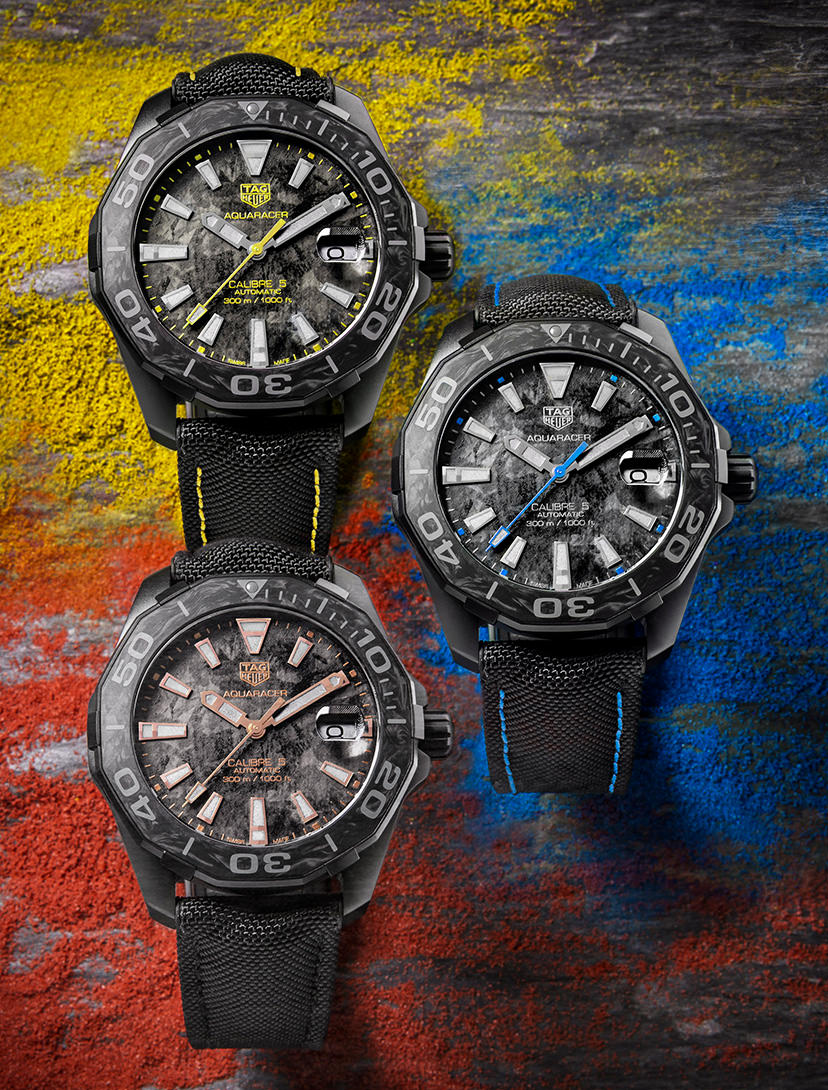
Pros and cons: Textile straps are comfortable to wear, though a nylon strap can remain a bit stiff throughout its life span. They can also be cleaned easily. However, they are not necessarily waterproof and wear out over time.
Sustainable Straps
If you’ve been on the lookout for environment-friendly watch straps, look no further. Many watchmakers have been rallying behind the cause of the ocean for quite some time now. The cases, the boxes and even the straps of these watches are made with recycled material. You can do your own part for the environment by choosing to don these watch straps in support of the cause.
Pros and cons: If you are ‘pro’ environment, these are the straps for you. The only downside is that they might be a bit expensive.


